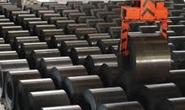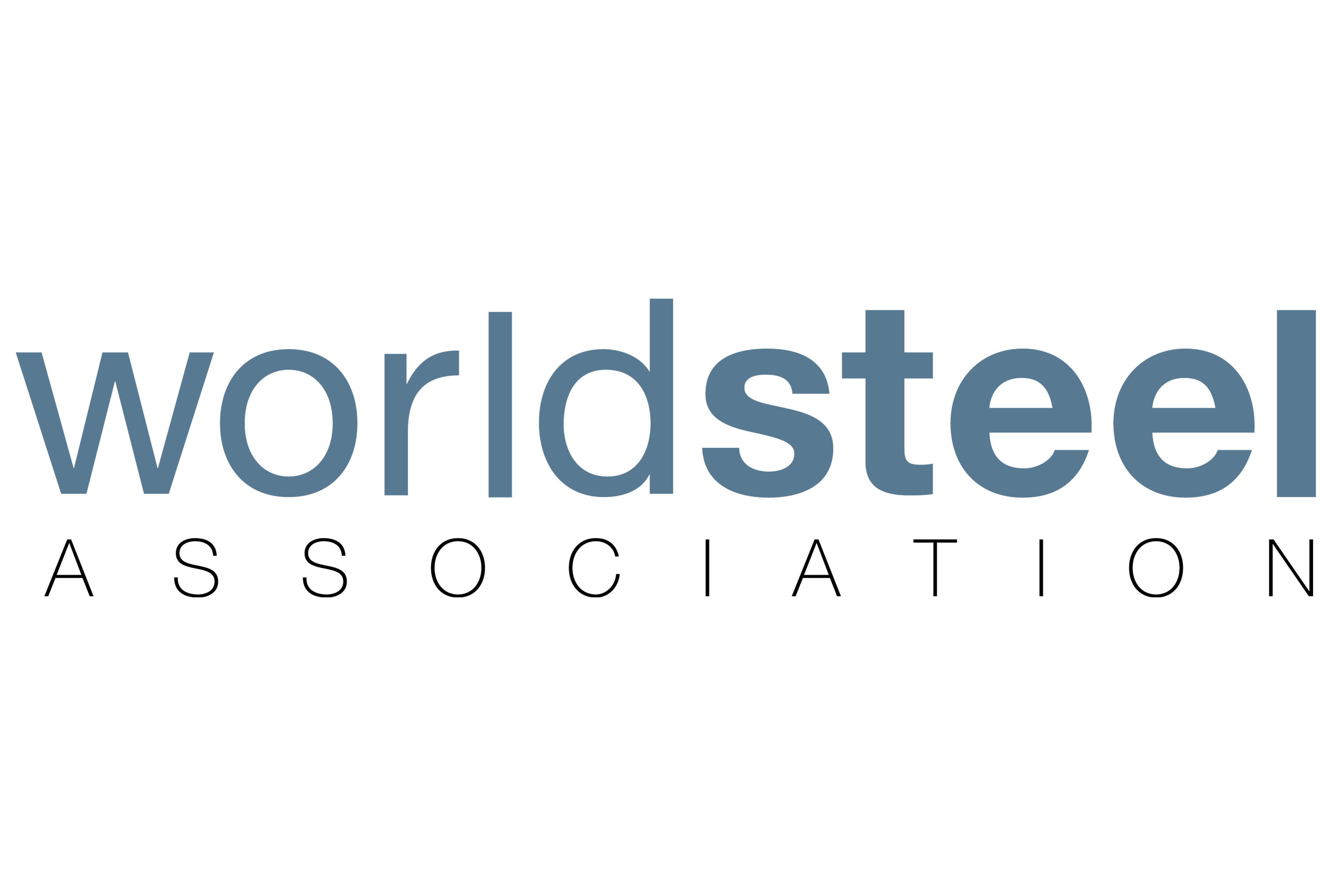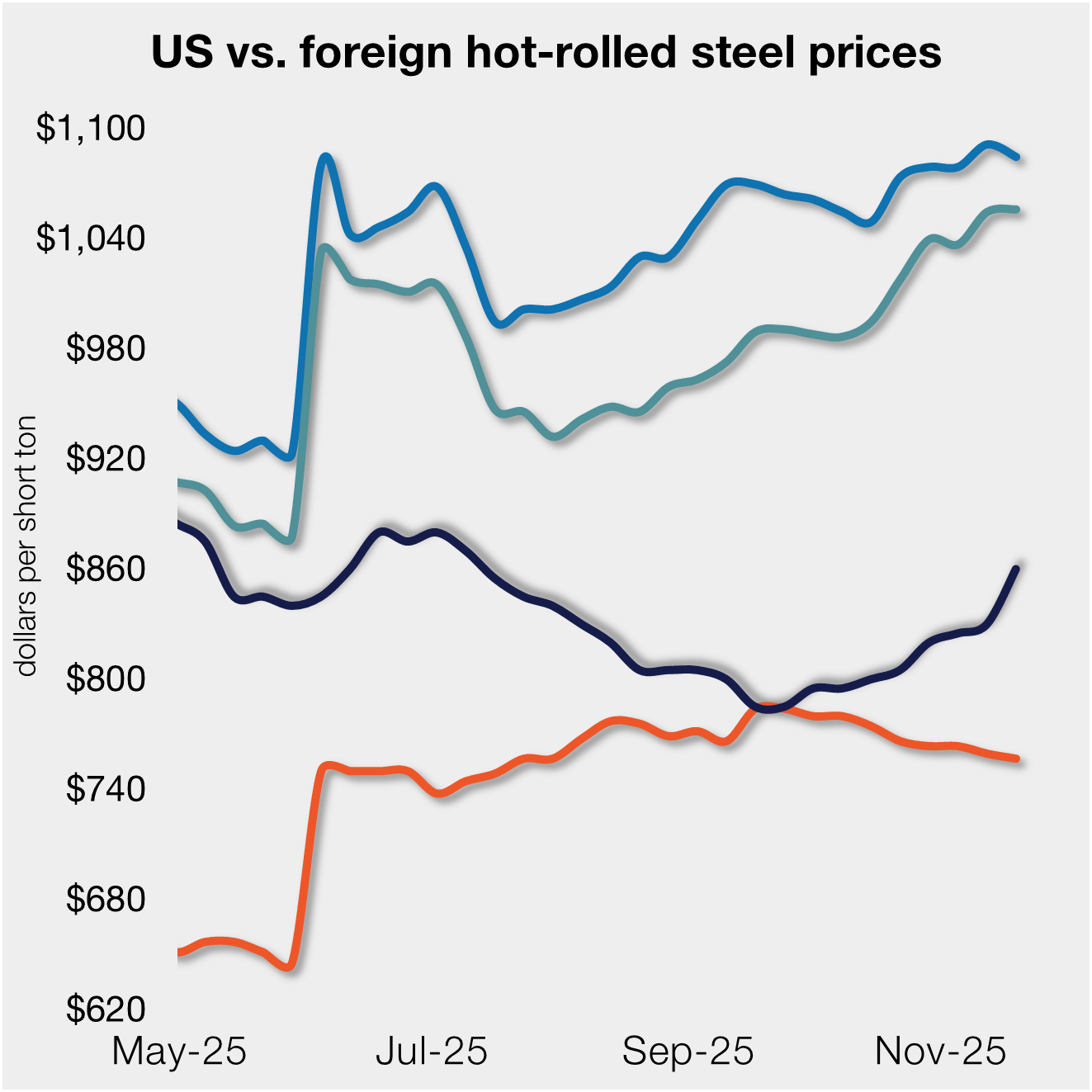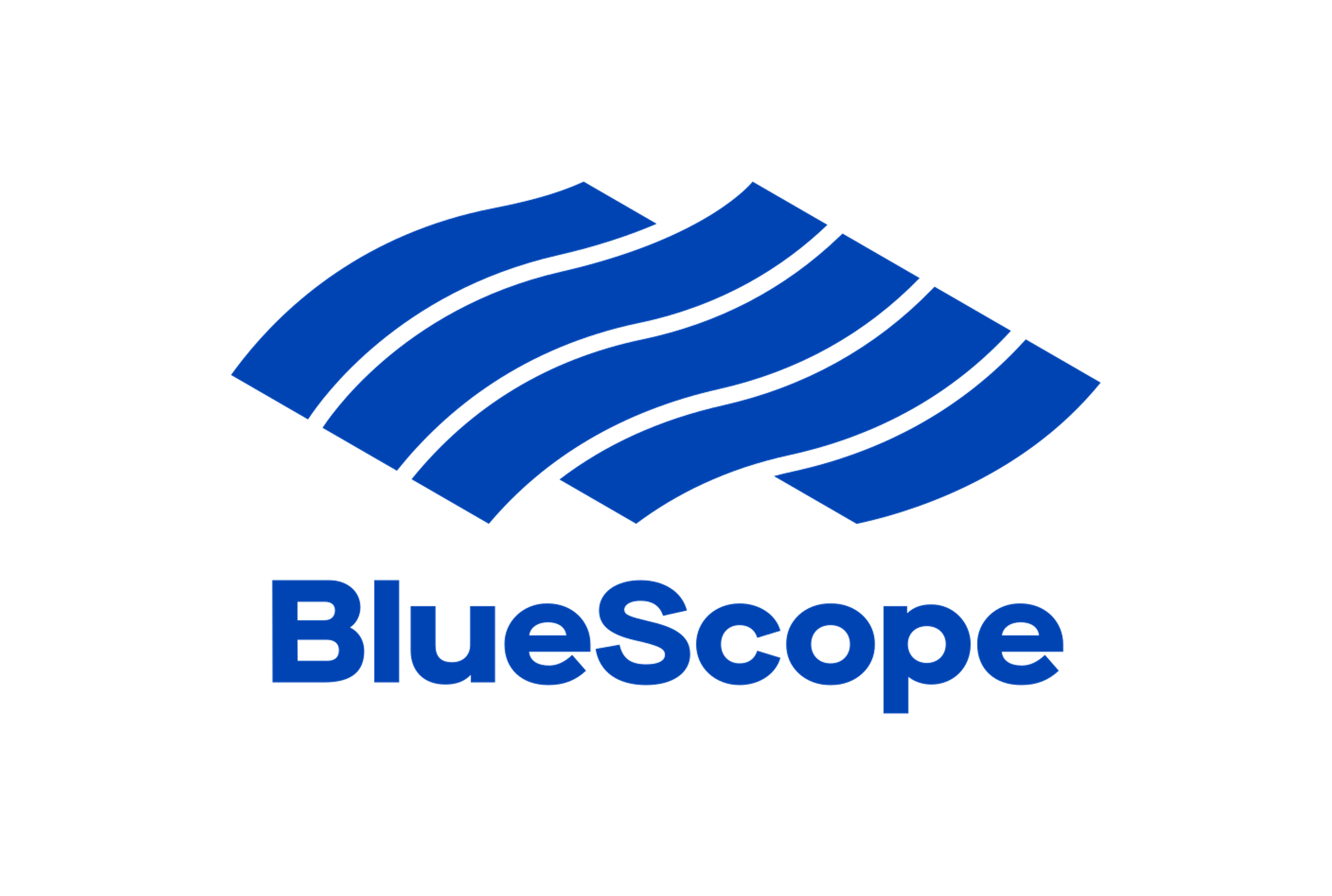Overseas

August 28, 2014
World Export vs. Domestic HRC Price Spread Shrinks
Written by Brett Linton
The following is a “hypothetical” calculation of the spread between world hot rolled export prices and domestic (USA & Canada) hot rolled prices. Actual HRC price spreads can vary based on freight costs, trader margins and other factors. SMU compares the world export price with adders for freight, handling, trader margin, etc., against the spot (FOB Mill) domestic hot rolled price using the SMU Hot Rolled Index for this week.
The world export price for hot rolled bands is at $503 per net ton ($554 per metric ton) according to data released by SteelBenchmarker earlier this week. This is is $3 per ton higher compared to two weeks ago and unchanged compared to late-July.
With an estimated $70 per ton added in order to get the steel to ports in the United States (freight, handling, and trader margin), the additional costs put the true world export price at approximately $573 per ton CIF USA Port.
The latest Steel Market Update hot rolled price average is $665 per ton, down $10 per ton from two weeks ago and down $10 per ton from late-July. The theoretical spread between the world export price and the SMU US HRC price is $92 per ton ($162 prior to import costs), down $13 per ton from two weeks ago and down $13 per ton from late-July. This is the lowest price spread since late-June 2014 when it was $86 per ton ($156 per ton prior to import costs).
The $92 spread represents a significant change from mid-March 2014 when we had a spread of $45 per ton ($115 prior to freight and other costs being included). One year ago the spread was $55 per ton ($125 prior to freight and other costs being included).
We did a quick channel check and learned Russian hot rolled was being offered at approximately $590-$610 per ton range, CIF Duty Paid, USA Port. This is $17 per ton higher than our hypothetical example shown above. This means that the spread between what is being offered and current domestic pricing is more like $75 per ton (from the lowest number and our SMU average). This is still wide enough to attract imports although buyers will be watching to see if Momentum has changed and prices will continue to fall. If so, foreign becomes less attractive.
Below is an interactive graph which you can use to compare world export prices against the SMU domestic HRC average price. We also have included a comparison with freight and traders’ costs added which gives you a better indication of the true price spread (assuming the U.S. offers are not being bumped up by the foreign producing mills or trading companies). You will need to read this article on our website in order to see and interact with the graphic. If you need assistance with either logging in or navigating the website, please contact our office at 800-432-3475 or info@SteelMarketUpdate.com.
{amchart id=”130″ Domestic vs. Foreign Hot Rolled Pricing- Steel Benchmarker World China Europe}







